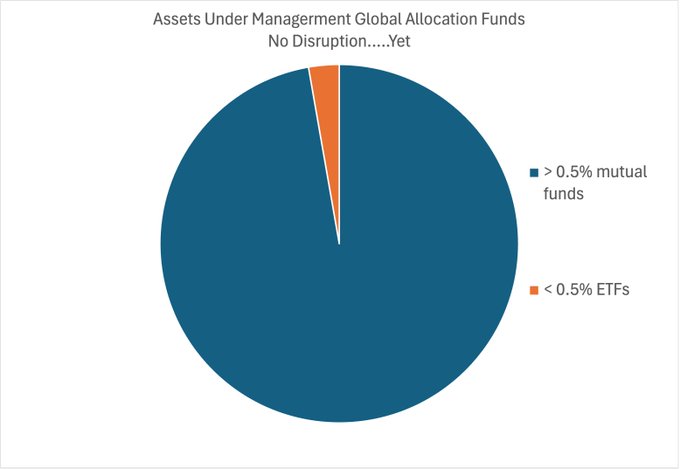If you are wondering what tracking error means and how it could impact your returns, keep reading. Here, we will cover the following points:
- What is a tracking error?
- What are the reasons for tracking errors?
- The implication of tracking errors on your investments
What are tracking errors?
In the world of ETFs, tracking errors refer to the difference between the actual returns of the fund and the returns of the benchmark index it has its underlying stocks in. If you are a beginner and want to try your luck in ETFs, you need to understand the meaning of tracking errors and their implications on your returns. Since these funds mirror the performance of the stocks on a particular index, the values of the fund and the index are almost the same. In some cases, you may spot some minor differences. While minor tracking errors might not impact your returns much, other factors may lead to the widening of the gap between these two values.
Reasons for Tracking Errors
Though an ETF mimics the performance of a benchmark index, why are there chances of tracking errors? Here are some of the common reasons for these errors:
Expenditure incurred by the ETF scheme: ETFs are passively managed funds and therefore don’t have a very high expense ratio. The expense ratio of these funds is typically less. This amount is deducted before the returns are credited to the investor and might cause a very minor difference between the ETF returns and those of the benchmark.
The funds may not be invested at all times as it may keep a portion of the funds in cash to meet redemptions or for corporate actions of securities in the index.
Any delay experienced in the purchase or sale of shares due to illiquidity of the market, settlement and realization of sale proceeds and the registration of any securities transferred and any delays in receiving cash and scrip dividends and resulting delays in reinvesting them.
The underlying index reflects the prices of securities at close of business hours. However, the Fund may buy or sell the securities at different points of time during the trading session at the then prevailing prices which may not correspond to the closing prices on the exchange.
The potential for trades to fail which may result in the Scheme not having acquired shares at a price necessary to track the index.The holding of a cash position and accrued income prior to distribution and accrued expenses.
Disinvestments to meet redemptions, recurring expenses, dividend payouts etc.
Frequent realignment of portfolios: Due to periodic rebalance and corporate action announced by the companies i.e., amalgamations, mergers, bonus policies, forfeiture policies, etc. There is no transaction or impact cost applicable for the index. However, the ETFs have to bear transaction and impact cost.
Rounding off differences: The tracking error resulting from rounding off differences is minimal. An ETF maintains the same diversity in its portfolio as followed in the benchmark index. However, while mimicking this, there could be some rounding off done, with respect to the number of shares. This can affect the total value of the ETFs.
Implication on investments
Knowing the different reasons for tracking errors will help you watch out for ETFs that endeavor to track their benchmark indices. The lower the tracking error, the more closely the ETF matches the benchmark. Under normal circumstances, such tracking errors are not expected to exceed 2% per annum. However, this may vary due to the reasons mentioned above or any other reasons that may arise and particularly when the markets are very volatile. The investment managers would monitor the tracking error of the ETF schemes on an on-going basis and would seek to minimise tracking error to the maximum extent possible. There can be no assurance or guarantee that the particular scheme will achieve any particular level of tracking error relative to performance of the Underlying Index.
An investor education initiative.
Visit www.icicipruamc.com/note to know more about the process to complete a one-time Know Your Customer (KYC)requirement to invest in Mutual Funds. Investors should only deal with registered Mutual Funds, details of which can be verified on the SEBI website(www.sebi.gov.in/intermediaries.html). For any queries, complaints and grievance redressal, investors may reach out to the AMCs and / or Investor Relations Officers. Additionally, investors may also lodge complaints on https://scores.gov.in if they are unsatisfied with the resolutions given by AMCs. SCORES portal facilitates you to lodge your complaint online with SEBI and subsequently view its status.(http://www.icicipruamc.com/note) (http://www.sebi.gov.in/intermediaries.html) (https://scores.gov.in/)
Mutual Fund investments are subject to market risks, read all scheme related documents carefully.





































